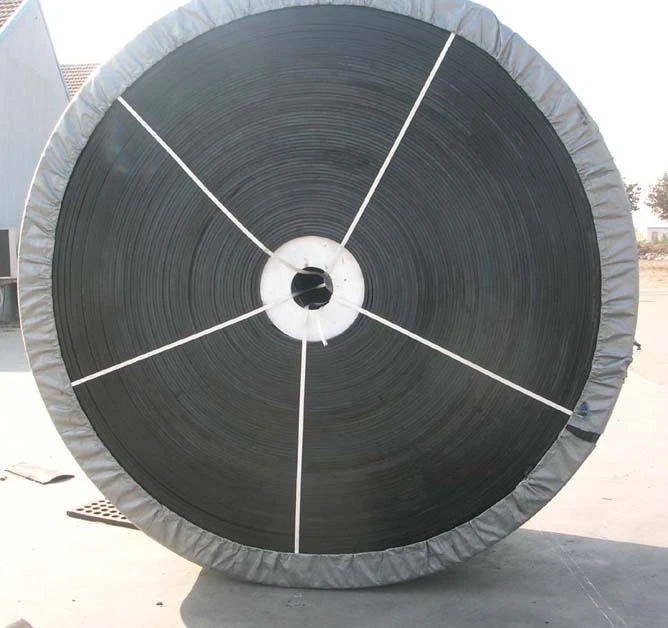 Afrikaans
Afrikaans  Albanian
Albanian  Amharic
Amharic  Arabic
Arabic  Armenian
Armenian  Azerbaijani
Azerbaijani  Basque
Basque  Belarusian
Belarusian  Bengali
Bengali  Bosnian
Bosnian  Bulgarian
Bulgarian  Catalan
Catalan  Cebuano
Cebuano  Corsican
Corsican  Croatian
Croatian  Czech
Czech  Danish
Danish  Dutch
Dutch  English
English  Esperanto
Esperanto  Estonian
Estonian  Finnish
Finnish  French
French  Frisian
Frisian  Galician
Galician  Georgian
Georgian  German
German  Greek
Greek  Gujarati
Gujarati  Haitian Creole
Haitian Creole  hausa
hausa  hawaiian
hawaiian  Hebrew
Hebrew  Hindi
Hindi  Miao
Miao  Hungarian
Hungarian  Icelandic
Icelandic  igbo
igbo  Indonesian
Indonesian  irish
irish  Italian
Italian  Japanese
Japanese  Javanese
Javanese  Kannada
Kannada  kazakh
kazakh  Khmer
Khmer  Rwandese
Rwandese  Korean
Korean  Kurdish
Kurdish  Kyrgyz
Kyrgyz  Lao
Lao  Latin
Latin  Latvian
Latvian  Lithuanian
Lithuanian  Luxembourgish
Luxembourgish  Macedonian
Macedonian  Malgashi
Malgashi  Malay
Malay  Malayalam
Malayalam  Maltese
Maltese  Maori
Maori  Marathi
Marathi  Mongolian
Mongolian  Myanmar
Myanmar  Nepali
Nepali  Norwegian
Norwegian  Norwegian
Norwegian  Occitan
Occitan  Pashto
Pashto  Persian
Persian  Polish
Polish  Portuguese
Portuguese  Punjabi
Punjabi  Romanian
Romanian  Russian
Russian  Samoan
Samoan  Scottish Gaelic
Scottish Gaelic  Serbian
Serbian  Sesotho
Sesotho  Shona
Shona  Sindhi
Sindhi  Sinhala
Sinhala  Slovak
Slovak  Slovenian
Slovenian  Somali
Somali  Spanish
Spanish  Sundanese
Sundanese  Swahili
Swahili  Swedish
Swedish  Tagalog
Tagalog  Tajik
Tajik  Tamil
Tamil  Tatar
Tatar  Telugu
Telugu  Thai
Thai  Turkish
Turkish  Turkmen
Turkmen  Ukrainian
Ukrainian  Urdu
Urdu  Uighur
Uighur  Uzbek
Uzbek  Vietnamese
Vietnamese  Welsh
Welsh  Bantu
Bantu  Yiddish
Yiddish  Yoruba
Yoruba  Zulu
Zulu types of pulley lagging
Understanding the Types of Pulley Lagging
Pulley lagging is an essential component in the world of conveyor systems and material handling, playing a crucial role in enhancing the performance and longevity of pulleys. By improving the grip between the pulley and the belt, lagging helps reduce slippage and wear, thereby ensuring efficient operation. This article will delve into the various types of pulley lagging, their applications, and the benefits they provide.
1. Rubber Lagging
Rubber lagging is one of the most prevalent types used in various industries. This type of lagging is typically made from natural or synthetic rubber and is ideal for providing excellent traction and protection against wear. Its flexible nature allows it to conform to the surface of the pulley, which helps to distribute loads evenly.
Applications Rubber lagging is commonly used in industries such as mining, construction, and bulk material handling, where high levels of friction and endurance are required. It is particularly effective in environments that experience significant abrasion or impact, as rubber is inherently resilient and can absorb shocks, thereby reducing the risk of damage to both the pulley and the belt.
Benefits The primary advantages of rubber lagging include its superior traction, which minimizes slippage, and its ability to withstand harsh working conditions. Additionally, rubber lagging can reduce noise levels and vibration in the system, contributing to a more efficient operation.
Ceramic lagging is a specialized type that incorporates ceramic tiles as part of its construction. This type of lagging is designed for applications where excessive wear and tear are expected. The ceramic tiles provide exceptional hardness and durability, making them ideal for extremely abrasive environments.
Applications Ceramic lagging is often utilized in mining and aggregate handling operations where materials such as rocks and gravel may cause significant wear on traditional lagging materials. It is a perfect solution for pulleys that transport materials with sharp edges or high-impact weights.
Benefits The primary benefit of ceramic lagging is its extended lifespan compared to other types. While it may have a higher upfront cost, the long-term savings achieved through reduced maintenance and replacement costs make it a cost-effective choice in the long run. Furthermore, its high friction coefficient reduces the risk of slippage, ensuring consistent and reliable performance.
types of pulley lagging

3. Steel Lagging
For applications that require exceptional strength and durability, steel lagging serves as an excellent option. This type of lagging typically consists of steel plates or sections that are bolted or welded onto the pulley surface. Steel lagging is particularly beneficial in environments where heavy loads and extreme conditions are prevalent.
Applications Steel lagging is often employed in heavy industries, such as steel manufacturing, shipbuilding, and construction, where the machinery is subject to high torque and extreme wear conditions. It is also effective in applications involving heavy materials that may cause significant physical stress on the pulley system.
Benefits The major advantage of steel lagging lies in its durability and resistance to impact and wear. It offers a long service life, which can be particularly beneficial in reducing downtime for maintenance and replacement. Additionally, steel lagging can improve the wear resistance of the pulley, maintaining its operational efficiency over time.
4. Polyurethane Lagging
Polyurethane lagging is an emerging option that combines the flexibility of rubber with the toughness of ceramics. This type of lagging is made from high-performance polyurethane materials, offering excellent abrasion resistance, flexibility, and low friction properties.
Applications Polyurethane lagging is often found in food processing, packaging, and other industries that require hygienic and low-friction surfaces. It can be effective in both light and heavy-duty applications, making it a versatile choice.
Benefits The benefits of polyurethane lagging include its resistance to corrosive environments and its capability to withstand temperature variations. It also provides a good balance between grip and durability, making it suitable for various applications while ensuring a longer lifespan.
Conclusion
Understanding the different types of pulley lagging is crucial for optimizing the performance and longevity of conveyor systems. Each type of lagging offers distinct advantages and is tailored for specific operational environments. By selecting the appropriate lagging material, operators can enhance efficiency, reduce maintenance costs, and improve the overall durability of their pulley systems. In an industry where performance matters, investing in the right type of pulley lagging is an essential step toward ensuring productivity and reliability.





























